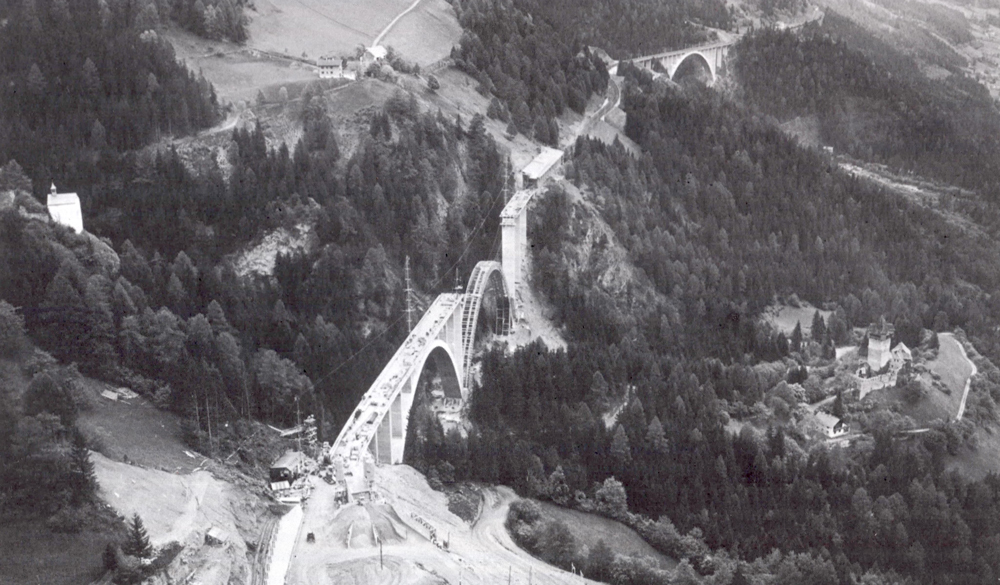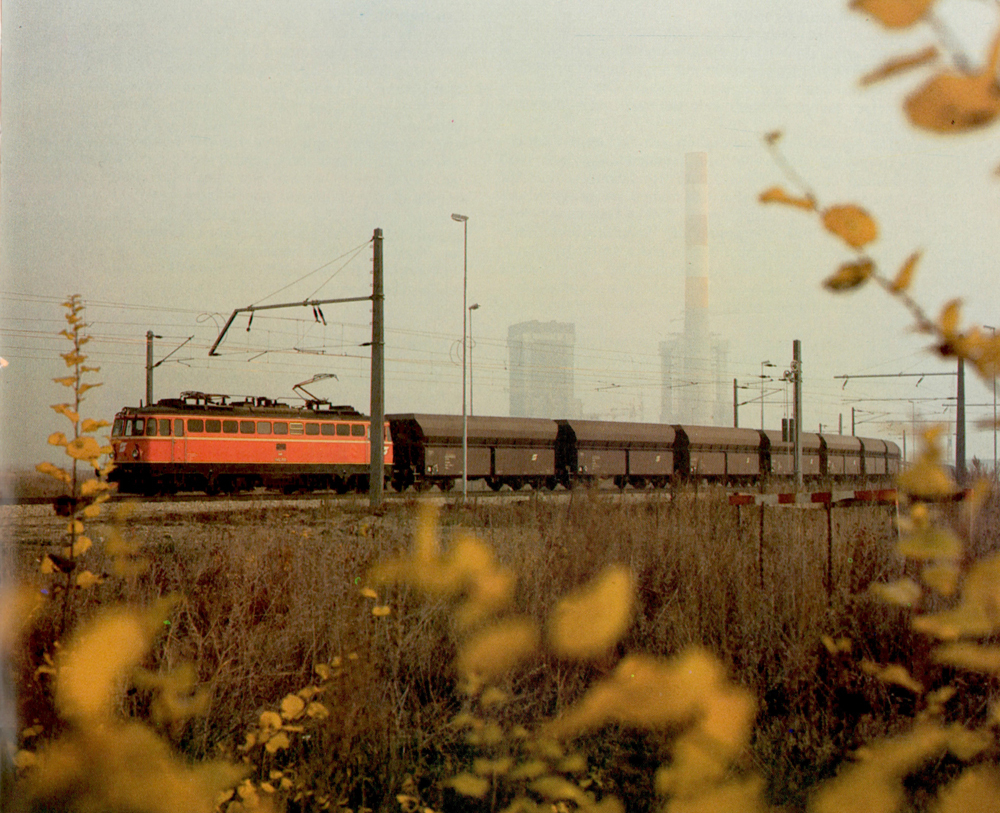
1970-1995
Expansion
Expansion, new stations and timetables – and Interrail.



Faster, better, more economical and three new large-scale transfer stations: freight transport by rail experienced a boom.
National and international freight transport by rail became increasingly important starting in the 1970s. Routes were extended and, in order to be able to economically transport heavier loads, new bogie wagons with different superstructures were acquired.
The new freight wagons could be loaded directly by cranes, conveyor belts and forklifts. This had two major advantages: reduced personnel costs and shorter loading times. However, the rapid growth of container traffic required more than just new wagons: new container terminals needed to be constructed with large loading cranes, so that the cargo could be transferred to the lorries in the freight stations.





The use of junction stations as opposed to individual stations helped make general cargo transport more economical (general cargo refers to all types of goods that can be stored as one unit and transported in one piece).
In the mid-1980s, after a long planning and construction period, the three Austrian large-scale transfer stations Vienna-Kledering, Villach Süd and Wolfurt were opened. This was a big step, because it meant that freight wagon circulation could be accelerated, which helped shorten overall transport times.
This was a considerable improvement, as the wagons used to be individually uncoupled in seven marshalling yards in Vienna, shifted and then lined up into new freight trains. Now the freight trains could be formed in a single station.
In the meantime, modern computers are able to remotely control locomotives and push the incoming freight trains over a so-called "Rollberg", an artificially created hill, where they then roll down on their own and are brought to one of the 48 directional tracks. There they are coupled to new freight trains and hauled away by locomotives. The commissioning of these three large interchange stations thereby enabled a complete reorientation of freight transport on Austria's railways.



Cover photo: Coal deliveries for power stations in block trains, 1983.
Unless otherwise indicated, the image rights are held by © ÖBB Infra.